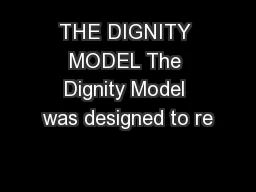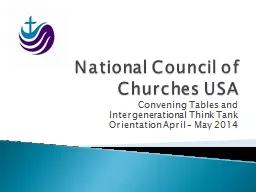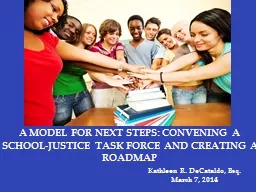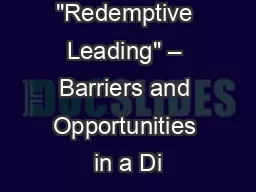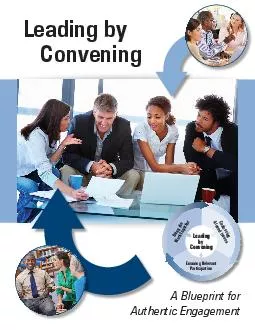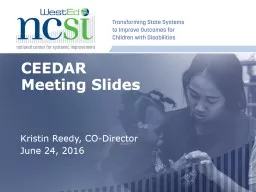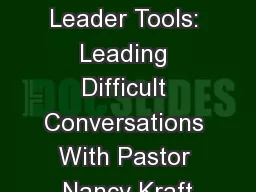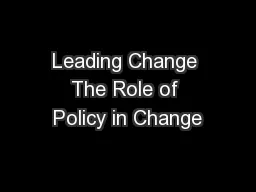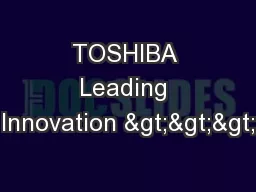PPT-Leading by Convening:
Author : phoebe-click | Published Date : 2016-03-09
The Power of Authentic Engagement Download the Blueprint wwwideapartnershiporg Coalescing around Issues AdaptiveHuman Elements Technical Elements Value each
Presentation Embed Code
Download Presentation
Download Presentation The PPT/PDF document "Leading by Convening:" is the property of its rightful owner. Permission is granted to download and print the materials on this website for personal, non-commercial use only, and to display it on your personal computer provided you do not modify the materials and that you retain all copyright notices contained in the materials. By downloading content from our website, you accept the terms of this agreement.
Leading by Convening:: Transcript
Download Rules Of Document
"Leading by Convening:"The content belongs to its owner. You may download and print it for personal use, without modification, and keep all copyright notices. By downloading, you agree to these terms.
Related Documents


